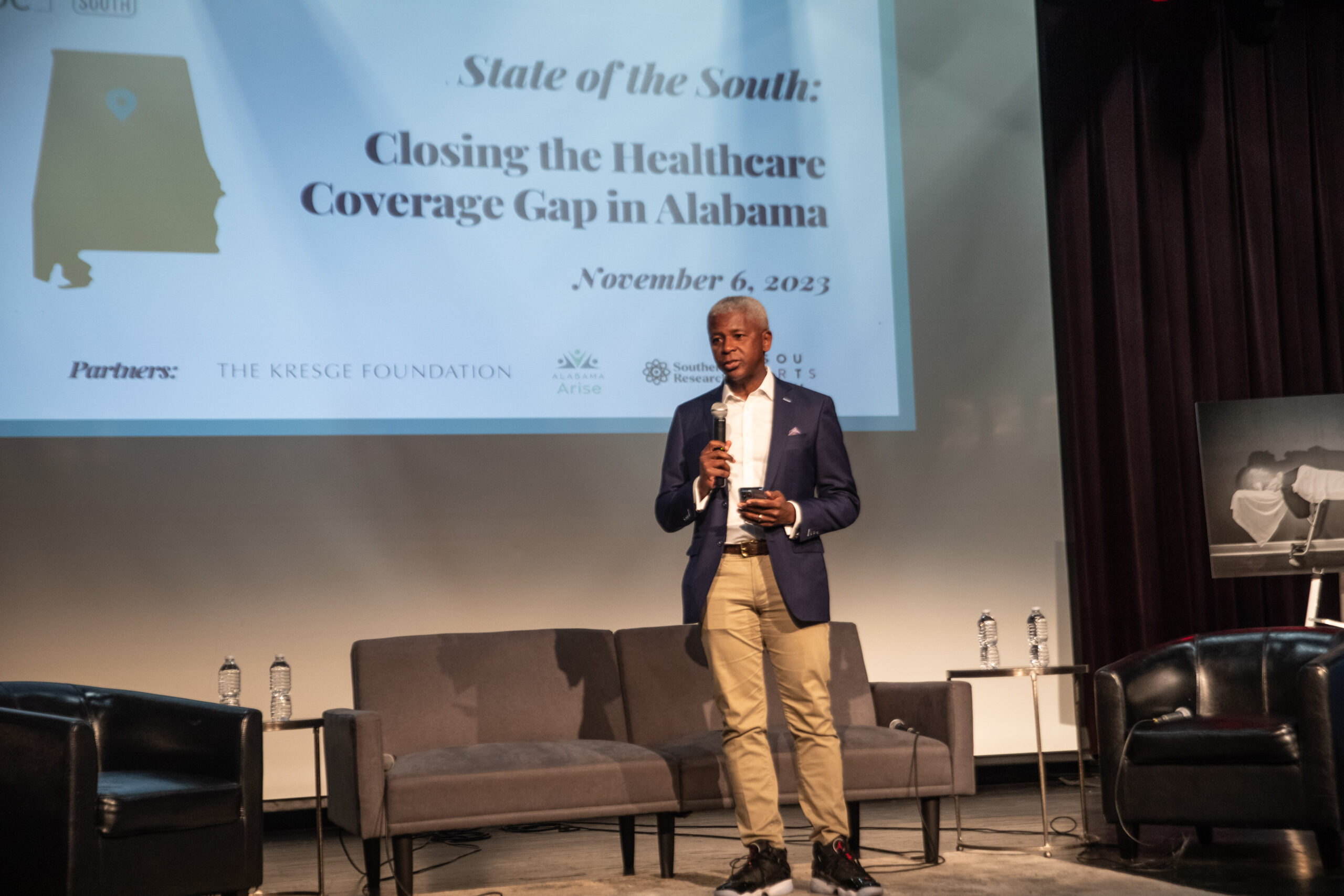What does MDC stand for? It is a question we have been asked often, and maybe you have wondered about it, too. When MDC was founded in 1967, the letters stood for Manpower Development Corporation—reflecting the organization’s original focus on job training and the racial integration of North Carolina’s workplaces. MDC was part of Governor Terry Sanford’s North Carolina Fund, a partnership between state government and private foundations as President Lyndon B. Johnson’s “War on Poverty” was taking shape.
North Carolina and the South have changed a great deal, and so has MDC. The past half-century has been a period of profound regional demographic and economic transformation. Over 100 million people live in the South, the product of a population increase driven by both natural growth and in-migration from other parts of the U.S. and abroad. Even some descendants of those who left during the Great Migration are returning to old home places to make new lives. This population growth has brought greater racial, ethnic, and cultural diversity, shifting the demographic makeup of many Southern states.
The workplace, too, has evolved, with the South transitioning from an overreliance on agriculture and manufacturing to a more robust, diverse economy focused on technology, finance, healthcare, and service industries. As industries have modernized, a greater demand for a more educated workforce, has prompted an expansion in higher education and vocational training opportunities. In many ways, the South is thriving like never before.
Recent trends bear out this transformation. Since 2020, the Southeast has contributed more to U.S. gross domestic product (GDP) than the Northeast, with states like Florida, Texas, Georgia, Tennessee, and the Carolinas experiencing massive growth. The region has attracted over $100 billion (about $300 per person in the U.S.) in new income, while the Northeast has lost around $60 billion (about $180 per person in the U.S.). More than 2.2 million people (about the population of New Mexico) have relocated to the Southeast in just two years, drawn by factors like warmer weather, affordable housing, and lower taxes. Progress has also brought challenges, such as gentrification, which has displaced long-established communities and impacted civic engagement.
Many of the problems that MDC was founded to solve persist despite rapid regional growth. For example, one in six Southerners—disproportionately Black, Hispanic/Latine, and Native—live in poverty. Our 2014 State of the South™ report highlighted that those who grow up poor are likely to remain poor as adults. Inequities persist in education, from early childhood through postsecondary, especially in rural and low-income communities. Southerners continue to experience high rates of chronic disease and medical debt. Southern women of color have poor maternal health outcomes. These issues are further exacerbated by the closing and consolidation of hospitals, and subsequent job losses, in Southern states. Also, as Hurricane Helene’s devastation illustrated, Southerners—particularly those in rural communities—are increasingly vulnerable to natural disasters. Despite progress, the South’s historical inequalities continue to influence the present, shaping the lives and opportunities of the region’s residents.
MDC continues to work for a South where everyone thrives by equipping Southern leaders and communities to challenge and change the systems that lock people out of opportunity. We focus on four key issue areas: Leadership & Philanthropy; Educational Equity; Rural Prosperity & Investment; and Economic Security & Mobility. We center racial and gender equity in everything we do, knowing that the entire South cannot truly thrive until deeply entrenched historical barriers to opportunity are removed. Expanding the range of economic choices available to communities throughout the region will bring us closer to realizing a thriving South.
The State of the South, MDC’s premier publication, began in 1996 as a report on the economic conditions and demographic trends affecting the South. Over time, the report’s influence grew, helping shape the priorities of nonprofits, philanthropic organizations, and elected leaders throughout the region.
Today, we are excited to present you with a new model for State of the South. We have spent the last two years convening communities throughout the region—in Durham, N.C., Berea Ky., Birmingham Al., Charleston S.C., and Atlanta Ga.—to discuss the issues Southern communities are facing and how best to advance equitable systems change.
This report is a testament to the vital conversations shaping our region’s future. It highlights the remarkable leaders driving change in their communities and MDC’s efforts to build an equitable and inclusive South. Moreover, it recognizes the transformative power of art in reimagining the South we aspire to—a South where creativity becomes a catalyst for new narratives, healing, and shared progress. Most importantly, this report is rooted in the real lives of people across the South, fiercely proud of their communities and hungry for the opportunity to see them flourish.
What does MDC stand for? MDC stands for a South where systemic inequities no longer exist and where all people thrive. It stands for a South in which all may have lives of meaning through work that builds dignity, and to have that dignity fully realized in a vibrant community. Meaning, Dignity, and Community are the three values that underlie our work and our vision for a truly thriving South.
This report celebrates the South AND calls us to act. It is a clear-eyed assessment of the work that lies ahead and a powerful reminder that the South’s true strength comes from its people—all of us, forging a future imbued with meaning, dignity, and community. A South that works for everyone is a South worth fighting for. Together, we can build it. Together, we can fight for it. Together, we can shape a South where all people thrive.
In gratitude,
John L. S. Simpkins
MDC President & CEO
MDC President John L.S. Simpkins introduces the 2025 State of the South report




